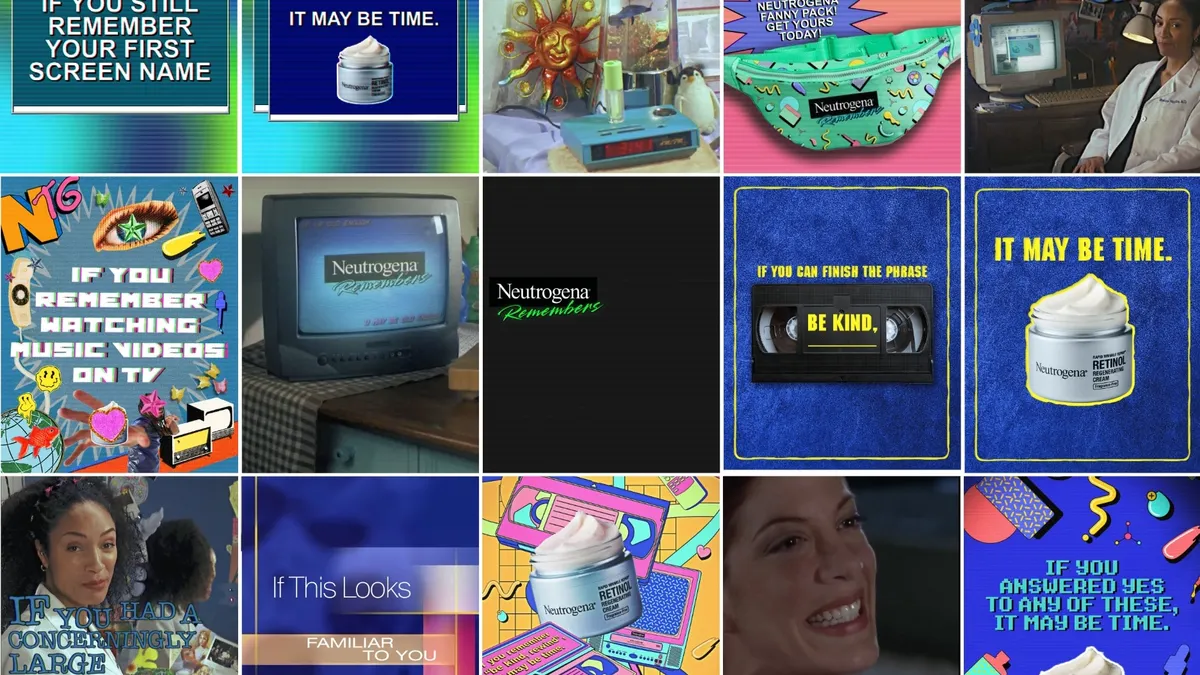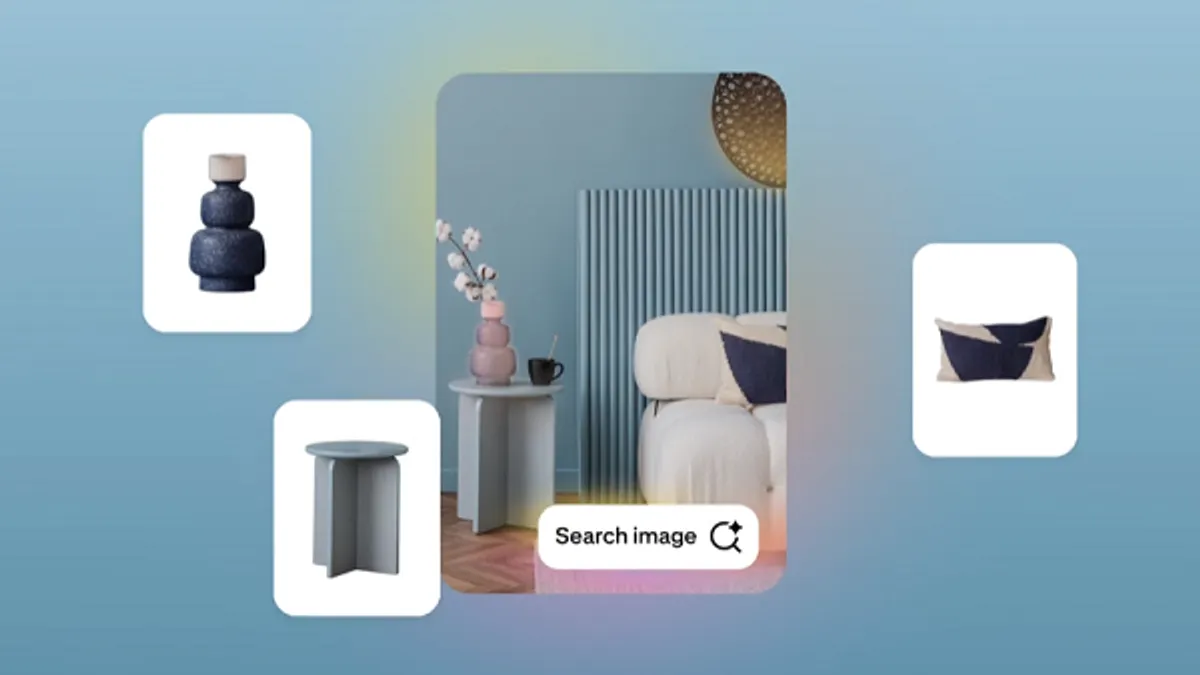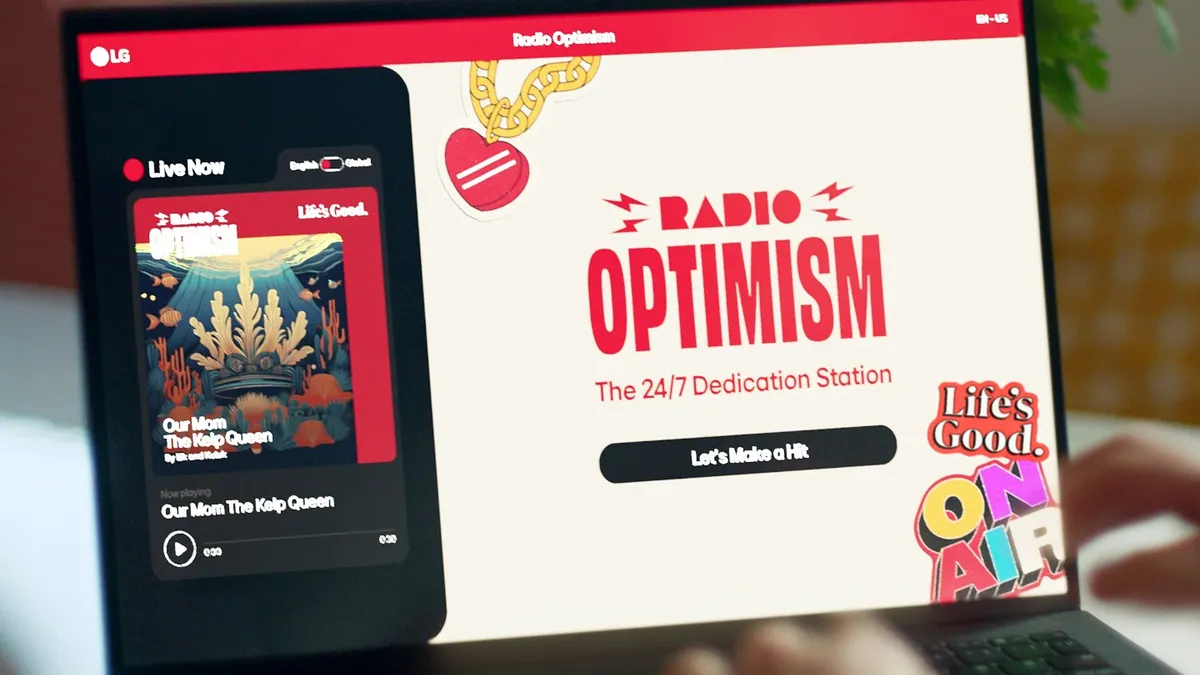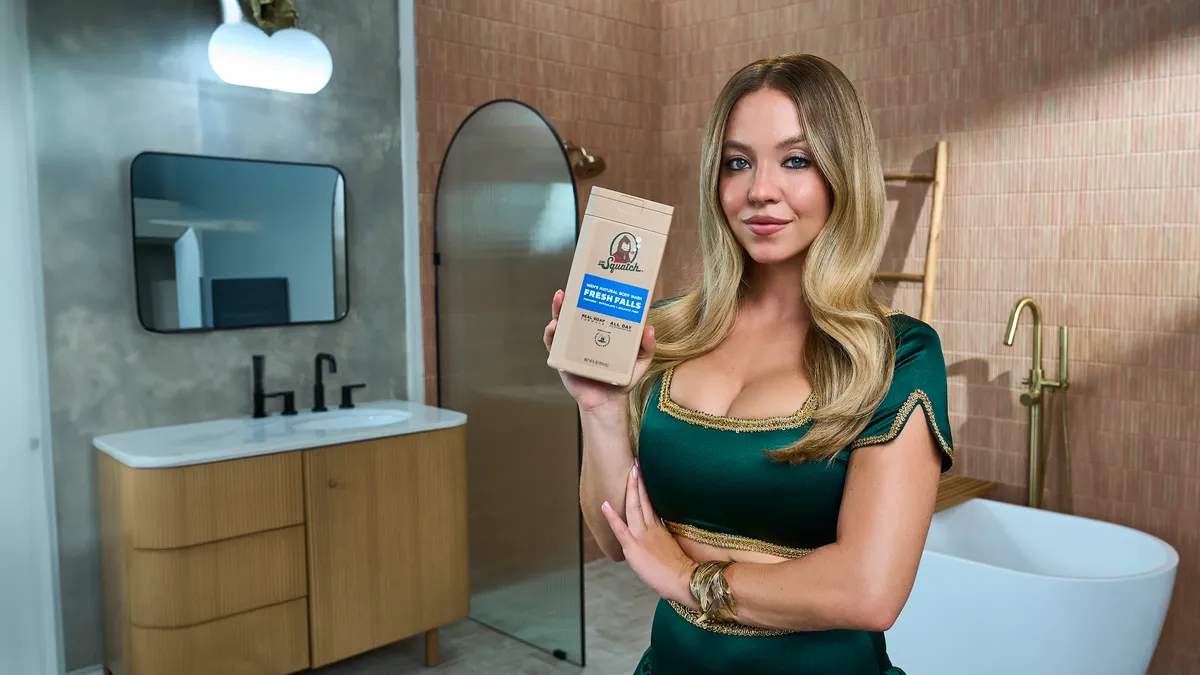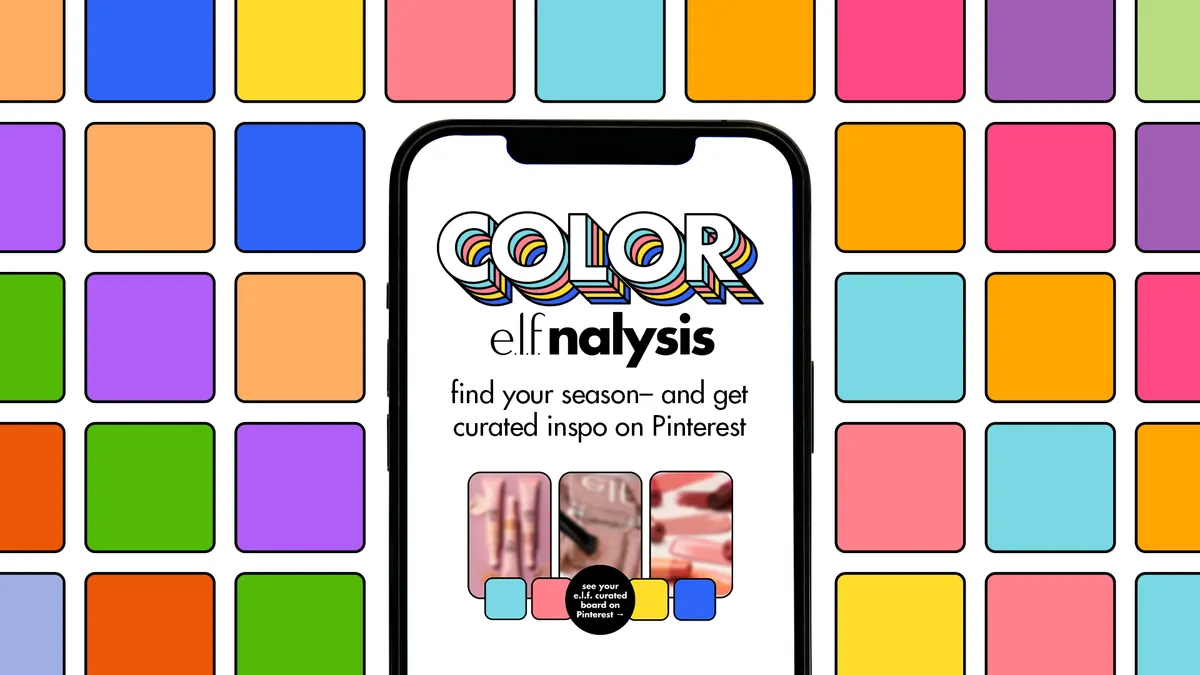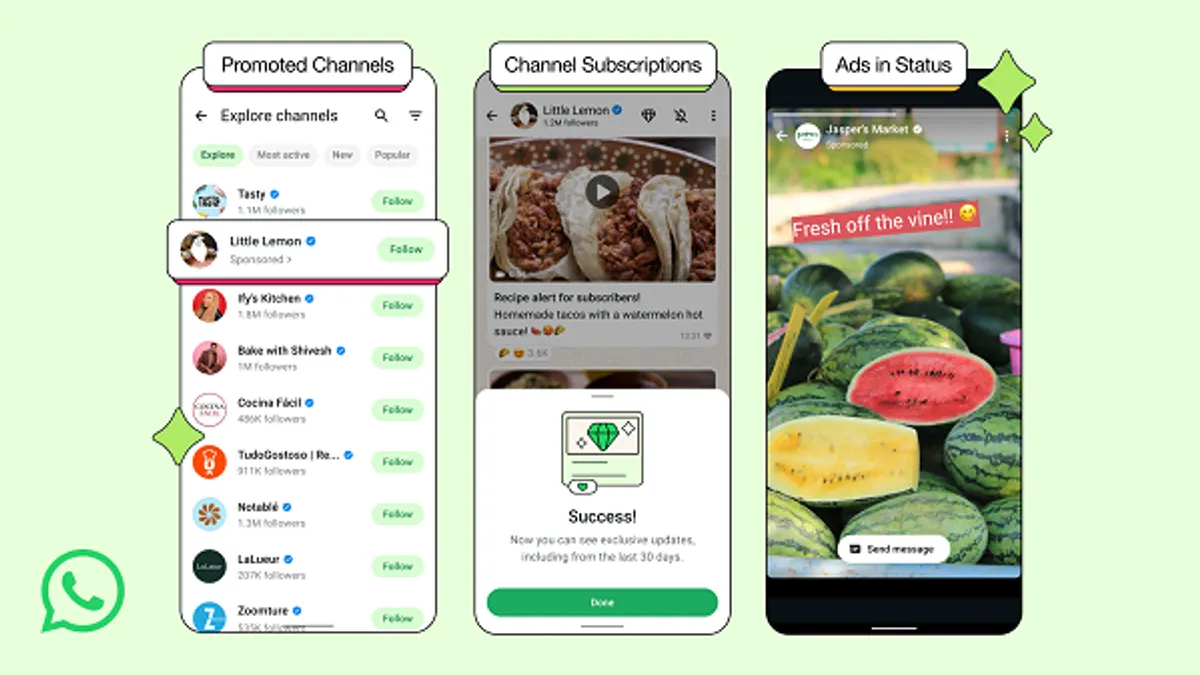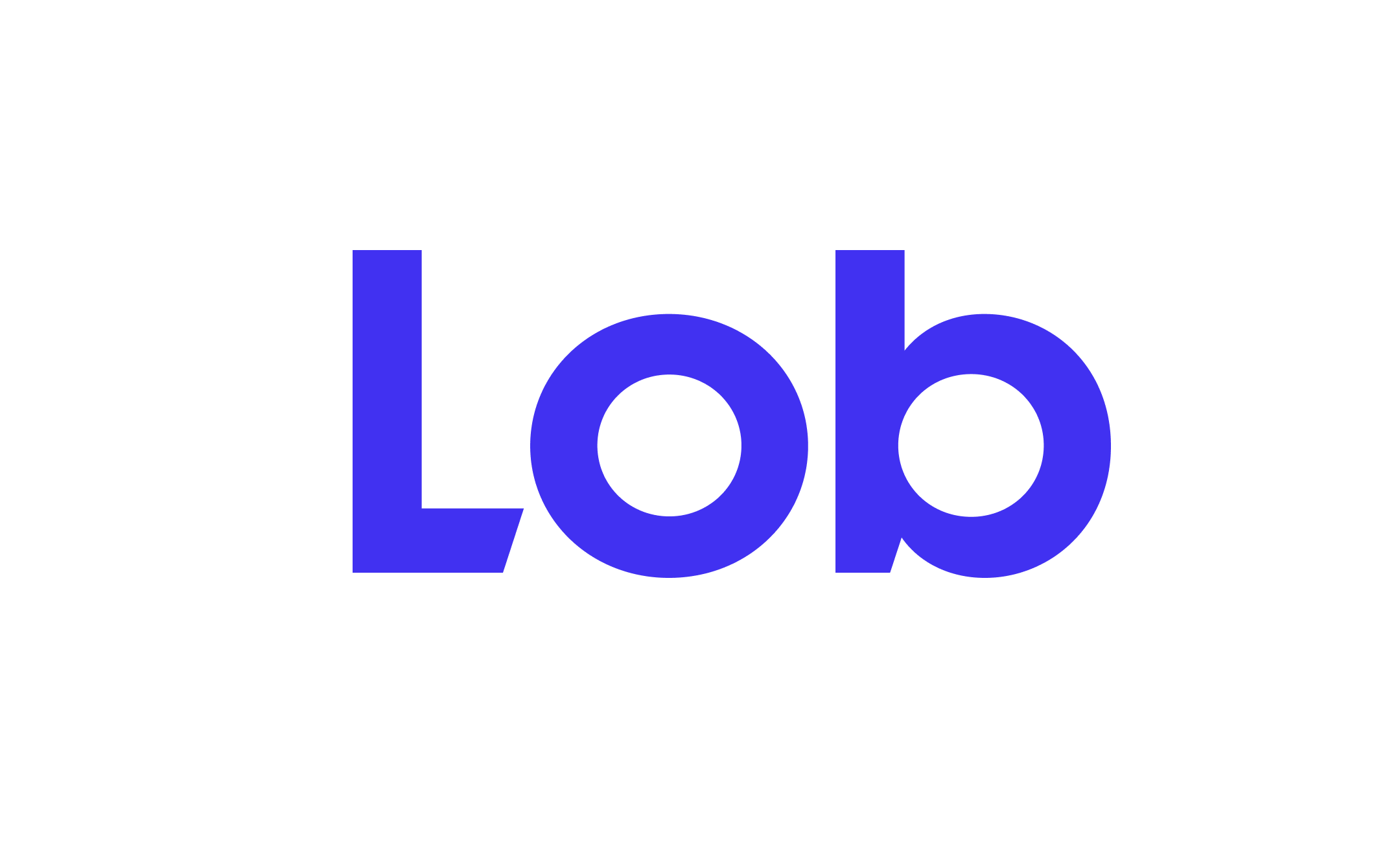I am @NPRChicken.
I never meant to be @NPRChicken. At the beginning of the week, I had no designs on becoming @NPRchicken. In fact, @NPRChicken wasn't A Thing and there was no reason to think it would become A Thing.
But two days after I created the Twitter handle, I had 1,200 followers and definitely have succeeded in that whole 'thing' thing (at least for now).
Along the way, I received some very valuable lessons in how to market a product via social media.
In the beginning...
Let's set this up with a back story.
On Monday, some staffers at media organization NPR rescued a chicken that somehow manifested itself right outside corporate HQ, which is on a very busy street in Washington, D.C. They scooped it up, put it in a mail crate, gave it water and granola (naturally), found out that rogue chickens are illegal in the District, and then found a staffer who kept yard chickens outside of the city (because of course NPR has a staffer who keeps yard chickens).
And that should have been that, but I saw it on Facebook and an idea popped into my head. And I decided right then and there that I would do what I could to make @NPRChicken all it could be.
I formulated a Twitter strategy, executed it and followed up. Here are five things I subsequently learned:
1. Seize the opportunity, but seize it carefully
You don't want to embarrass your company and/or your brand. I worked at NPR for five years, a period that included this godawful fundraiser incident. That was a model of how to scar a great brand, and it ultimately cost some really good people their jobs. The last thing I wanted to do here was bring shame or embarrassment to NPR.
The stories about stupid marketing tweets and the damage they do are legion, of course. A lot of them can be traced back to this simple fact: The people doing the tweeting didn't understand enough about their brand or the consequences of what they were doing.
Thus, when dozens of @NPRChicken's new followers begged for comment on the GOP presidential debate this week, I resisted temptation and tweeted this:
People keep asking me for my thoughts about last night's debate. My thoughts are HEY WAIT THERE'S CORN OVER THERE.
— NPR Chicken (@NPRChicken) November 11, 2015
2. Think in concentric circles
NPR is very 'meta.' People at NPR love to talk about the place, and it has a whole wave of superfan listeners/readers (who I find scarier in some ways than, say, Insane Clown Posse superfans). Those people really, really, really love to talk about NPR. And some of those superfans are big social media enthusiasts.
So: First, I had to make friends at NPR, and then I needed to reach out to the fans. I set up the Twitter account, using photos thoughtfully posted on social media by NPR staff. I threw up a few tweets and then immediately started following key NPR staffers.
Now, I don't care who you are: If you work at NPR and suddenly see that @NPRChicken has a Twitter account and is following you, you are going to find out what is happening. That's what Shots blog editor and all-around health news guy Scott Hensley (@scotthensley) did. There were other early followers, but Hensley (bless you, Scott) tweeted this out to his 27,000 followers:
Do yourself a favor and follow @NPRChicken. Back story and more: https://t.co/dF6WoncJlP pic.twitter.com/fI9mGb3M9Z
— Scott Hensley (@scotthensley) November 9, 2015
BOOM. Over the next couple of days, I dragged in more NPR staffers (some invited and some who just signed up) and they, in turn, brought their followers. And those followers brought their followers, and so on, and so forth.
The chicken even hauled in some reporters from overseas:
@lourdesgnavarro I'm a chicken, Lulu. What is an 'Argentina?'
— NPR Chicken (@NPRChicken) November 11, 2015
Some of my new minions started asking for marching orders, which was mildly terrifying, but I turned those requests aside and engaged the followers at the same time with various "Hey, I'm just a chicken" tweets. Also, I found that "BAGAWK!" was an all-purpose response to everything.
@elisewho BAGAWK!
— NPR Chicken (@NPRChicken) November 10, 2015
Within a day, this whole thing was en fuego to the point that it threatened to spin out of control. I have a real job, and I'm involved in a bunch of real projects with real consequences if I don't carry my water. But the new users were coming in big waves. I made sure that I kept engaged (even as I flitted back and forth between editing and job resumes and meetings and the occasional meal). People really started caring about this chicken.
3. Don't let other people horn in on your action without a fight
No, @CapitolHillFox, I was not going to engage with you. I fell for you, @FeedtheFuture, but you seem like a good cause. But NPR's Goats and Soda blog, which claims it offers "stories of life in a changing world," whatever that means, definitely wanted a piece of my chicken (OK, perhaps it's really their chicken, but things got a little blurry at this point.)
First came a mildly contrived blog post about worldwide urban chickens that brought up the whole chicken rescue and @NPRChicken thing. I promptly leveraged that via some tweets, of course.
Next, though, came a more aggressive Twitter push to have blog readers name the chicken. MY chicken. Wait a minute here.
Help @nprGlobalHealth name their new pet/mascot chicken! (Because @NPRChicken isn't really a name.) pic.twitter.com/CekGbddCZ3
— NPR GenerationListen (@NPRGenListen) November 10, 2015
Not really a name? Naturally, they came up with "Jadam," which is the most NPR name ever for a chicken. That name is a giant wet blanket of mushy weakness that was precisely the opposite of the brand I was trying to build. I came up with my own name and fought back to protect my turf:
@valentinevikki SPIKE. SPIKE, DAMMIT.
— NPR Chicken (@NPRChicken) November 11, 2015
4. Play with your audience
This is something I learned from comedian and actor Patton Oswalt (@pattonoswalt), one of my favorite Twitter people. He plays with his followers all of the time, and the results are both hilarious and engaging.
So when I was picked up by @NPRmageddon (a whole other Twitter side story that involves putting NPR personalities in apocalyptic scenes), I ran with it:
NPR Chicken. A chicken at NPR. @NPRChicken @NPR #NPRmageddon pic.twitter.com/dInTfHwLXW
— NPRmageddon (@NPRmageddon) November 10, 2015
My apologies. When I made @NPRmageddon yesterday, I excitedly tweeted, "BADAWK!" The correct spelling, of course, is "BAGAWK!"
— NPR Chicken (@NPRChicken) November 11, 2015
5. Know when the moment has passed
Hey, this is a Twitter parody account about a news-of-the-weird event. It has a short shelf life almost by default. I could keep trying to flog up interest, but the point where desperation obviously set in came on fairly quickly. New followers went from 100 an hour to 10 an hour to a couple an hour, and people probably will start abandoning my chicken soon. I've gotten what I'm probably going to get out of this, and stretching it out seems desperate; I'll probably turn over the account to NPR if there's any interest.
So there you have it: A few simple lessons in grabbing the moment and leveraging it on social media. I'll leave you with a little proof that sometimes, with a little luck and a little planning, you can catch lightning in a bottle:
1,000 Twitter followers in less than 2 days! 2 thoughts: This is very humbling, and what is *wrong* with you people? pic.twitter.com/9D8CwULbF0
— NPR Chicken (@NPRChicken) November 11, 2015
Randy Lilleston is editor-in-chief of Industry Dive, the parent company of Marketing Dive. He is a former supervising editor of digital news at NPR.







